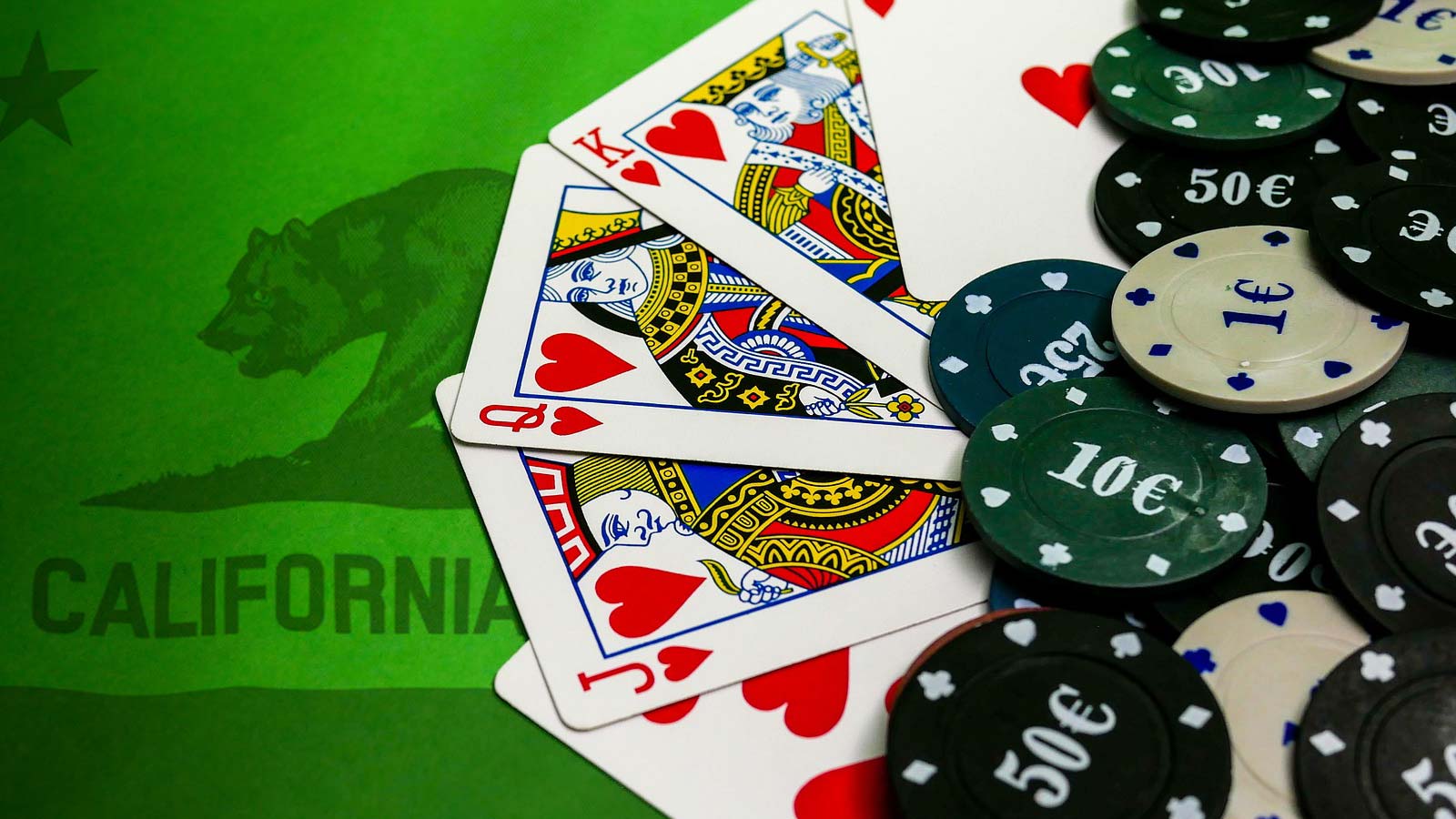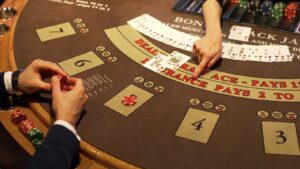
If you’re looking to win big in nolimit poker tournaments in California, you need to know the rules and how to play like a pro. There are many different nolimit poker tournaments available in the state, so find one that fits your skills and interests. In addition, make sure you have the right equipment and strategies to succeed.
No Limit Poker tournaments can be a great way to make some serious money. The game is relatively easy to pick up, and the money you make in these tournaments can be very lucrative. There are a few things you need to do in order to win these tournaments, and here are 5 tips to help you succeed.
Tip 1: Steal a Lot, But Don’t Go Overboard
This phrase was the foundation of practically every tournament regular’s pre-flop strategy for years, and it still retains some of its usefulness today.
When ants are in the game, an open bet of 2.25 big blinds is needed to win the pot fewer than 50 per cent of the time to show an immediate profit. (And that doesn’t even consider the hand’s post-flop potential.)
For example:
Gary is betting $2,200 for a chance to win $2,400 in blinds and antes. Gary’s open needs to be profitable 47.8% of the time. Unless the blinds are aggressive, 52.2% of hands are unlikely to be played.
The small blind typically returns 10-15% of hands (generally by 3-betting), leaving the big blind with 40%. Raising 7-2o would be advantageous if the big blind folds Q-5s or K-7o to your openers.
Tip 2: Defend Your Big Blind A Lot
The consistently excellent pot odds offered by the big blind are one aspect that enables us to defend more frequently.
As in the previous example, Gary has a pot total of 4,600 (including 2,400 from the blinds and antes and 2,200 from his open wager), and the big blind must call 1,200 more to see the flop. It equates to a minimum equity requirement of 20.6% to call.
That’s not even close to enough. Even 7-2 offsuit has a higher percentage versus a typical button range (29.45%), making it the clear winner. Does this imply that we should call with every hand when the odds of winning the pot are so favorable? Not at all; this is not the case.
Tip 3: Be Wary of 4-Bet Shoves When 25-40BBs Deep
Because it depends on the amount of the stack, I’ve broken the right strategy for 3-bet bluffing non-all-in into tips 3 and 4.
Let’s start with the standard tournament stack sizes, which range from 25 to 40 big blinds. When you have these stacks, you want to 3-bet bluff with somewhat worse hands than your flat hands in the same scenario.
Example:
The best three-bet cards are K9, KJ, and A7. Good blocks make it less likely for your opponent to keep going, while flattening them out may be too easy.
It’s not a big deal to fold K9 to a 4-bet. You lose a lot of equity when you fold K-Q. This strategy works well against regulars because a 4-bet push is risky. Large card blocks make an opener shove less likely.
Tip 4: Deep Stacks? 3-Bet Like It’s a Cash Game
When the stacks reach 100 big blinds, 3-betting turns into a cash game. When your opponents have more chips, they are more likely to call your 3-bet, which can hurt your weaker cards.
When you 3-bet QJ 35 large blinds deep, you only have two bets that match the pot. If you have a pair on the flop, you should stay because you will win even with worse hands.
You’re in trouble if you 3-bet K-J or better with 100 large blinds and a J-high flop. With a sizeable stack-to-pot ratio, 3-bet polarised hands leave out Q-Jo, A-To, etc.
Tip 5: Have a Plan for Future Streets
A few years ago, players gave the boards that correspond to each player’s range far less thought. Because a half-pot c-bet needs to win only 33.3% of the time, they would almost always c-bet flops.
Check-raise bluffing is increasingly more widespread and sophisticated since players are considerably more knowledgeable of how things operate. People can now think about what they’re representing rather than just trying to bluff in bad situations.








